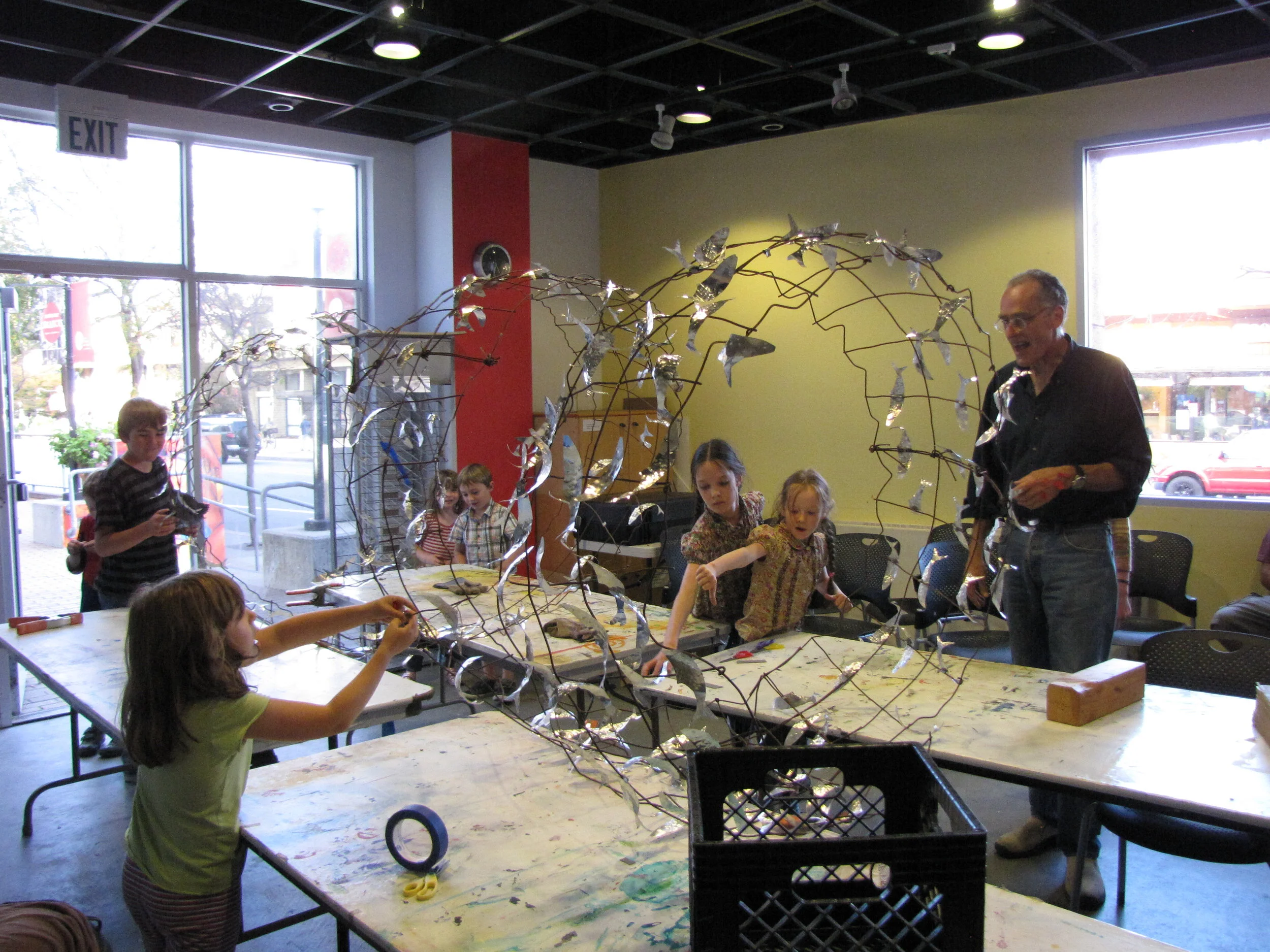by Betsy Herbert published in the Corvallis Gazette-Times, February 29, 2024
Ah, the joy of living in the present! Zen practitioners tell us that by being in the moment—not dwelling on the past or worrying about the future—we can relieve stress and live happier lives. After practicing this habit on a personal level, say, by savoring every morsel of that chocolate fudge brownie—we can then extend mindfulness to larger aspects of everyday life.
Apparently, Corvallis Public Works has adapted the art of living in the present by inventing a new kind of Zen Forestry for managing the Corvallis Watershed Forest, which supplies about 1/3 of the city’s drinking water.
Zen Forestry inspires Public Works and City Council to forget about the city’s shameful past history of clearcutting old-growth, degrading endangered species habitat, and using timber revenues to subsidize water rates. Why think about those things? Just breathe, concentrate on the Now, and insist on keeping the present failed policies in place.
Why should Public Works and City Council dwell on this past history, just because the water quality of the streams supplying the Rock Creek Treatment Plant has steadily gone downhill for the past 15 years? Zen Forestry inspires Public Works and City Council to let the opportunity to learn from past mistakes. . . reverently melt away.





















